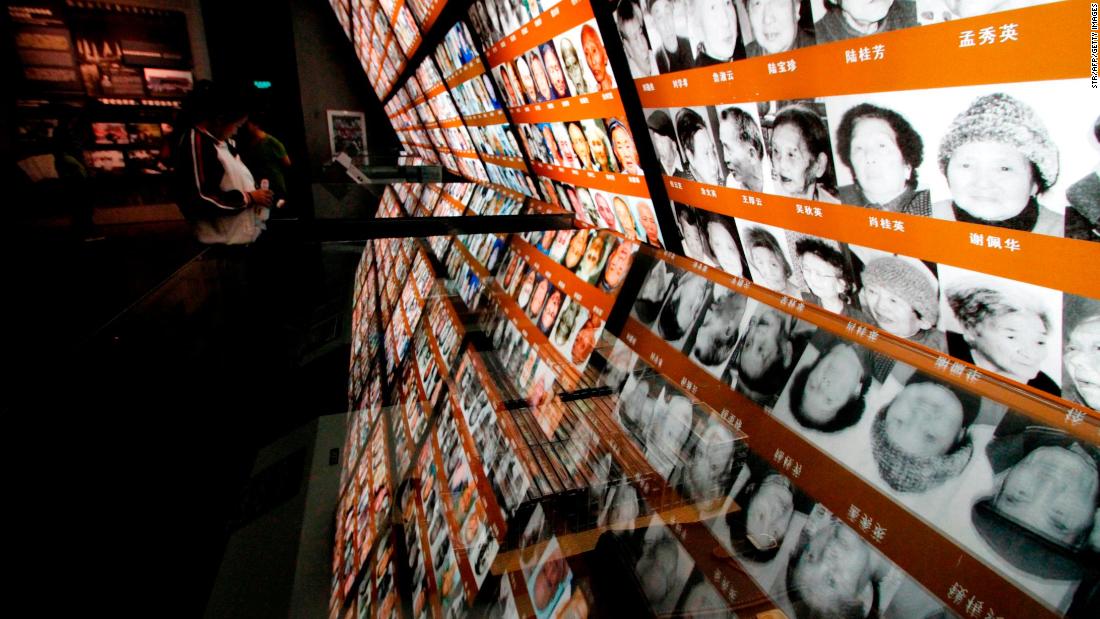(CNN) — In January, news that Japan had plans to nominate several gold and silver mines on Sado Island as a UNESCO World Heritage site sparked anger in South Korea, which remembers the site as something quite different from Japan’s depiction.
The nomination specifically highlights the history of the mines during the Edo period, from 1603 to 1857.
But Koreans see it as a familiar attempt to ignore the brutal history Koreans endured under Japanese occupation during World War II. An estimated 1,500 Koreans were conscripted to work in the mines during the war.
It’s not the first time Japan’s World Heritage sites have sparked controversy: some of the country’s Meiji industrialization sites — its museums in Yamaguchi Prefecture and Nagasaki now proudly marketed with the UNESCO label — have been criticized by South Korea for not acknowledging the use of forced labor there.
And it’s only the latest public conflict in an ongoing saga of disputes over World War II-related UNESCO nominations in East Asia.
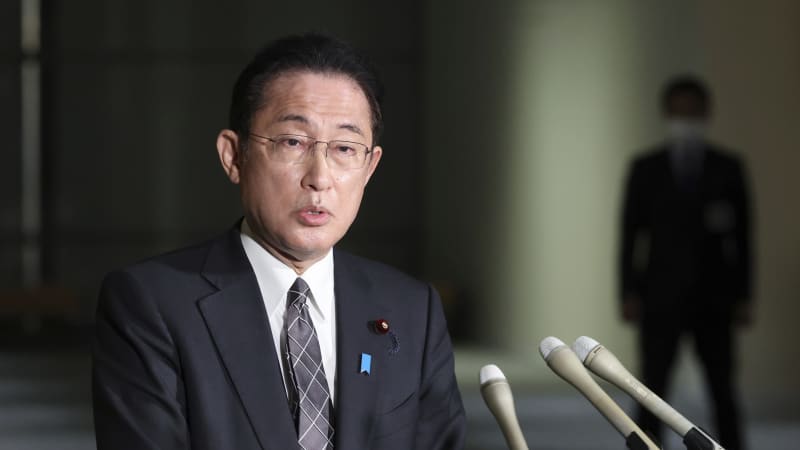
Japanese Prime Minister Fumio Kishida speaks to reporters about recommending the Sado mines as a possible UNESCO World Heritage site in Tokyo on January 28, 2022.
Masanori Genko/AP
For years, Japan has publicly complained of a lack of transparency and fairness within UNESCO.
The new rule requires countries that disagree over MOW nominations enter a “dialogue phase.”
Experts say it could essentially give countries veto power over narratives of heritage and history, a concerning development.
“The contestation does not require exact reasonable logic. So that may be abused by members,” says Kyung-Ho Suh, chairperson of Korea’s Memory of the World National Committee, where he helps advise the country’s nominations.
“So what happens if Russia objects to a Ukrainian nomination?”
‘Uncomfortable shadows of the wartime past’
In 2015, China nominated the Nanjing Massacre Memorial Hall’s collection of documents, along with several other archives about the massacre, to UNESCO’s MOW register.
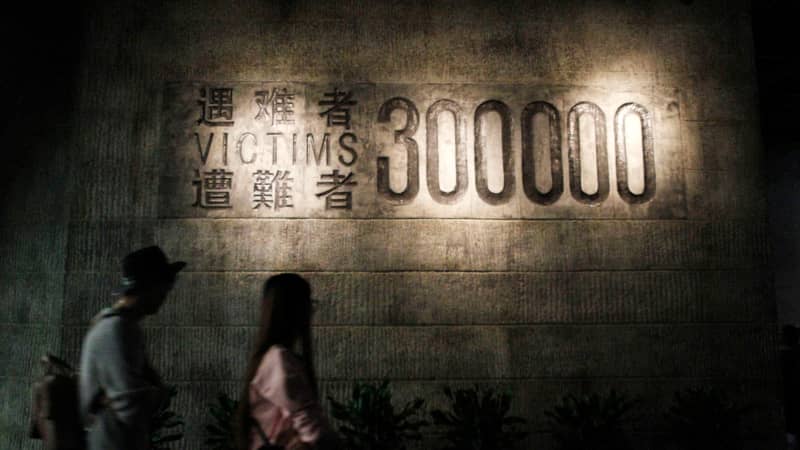
People visit China’s Nanjing Massacre Memorial Hall on October 10, 2015.
Str/AFP/Getty Images
The nomination angered Japan, which has been trying to reinvent itself as “a peace-loving Asian democracy” since World War II, says Edward Vickers, a professor of comparative education at Kyushu University in Japan.
“They’re trying to protect that [image] from being sullied by these rather disgraceful and uncomfortable shadows of the wartime past,” he says.
The Nanjing Massacre in particular has long been a sensitive subject between the two countries as Beijing claims that Japan has failed to properly atone for it. The documents were nevertheless successfully inscribed to UNESCO’s register in 2016, in spite of Japan claiming a lack of transparency and fairness.
The 2017 cycle pushed Japan to the edge when 14 organizations from eight different places — including China, Korea, the Philippines and Taiwan — formed a joint committee to nominate a collection of documents called “Voices of Comfort Women.” The collection details the stories of women from Japan’s occupied countries who were forced into sexual slavery during World War II.
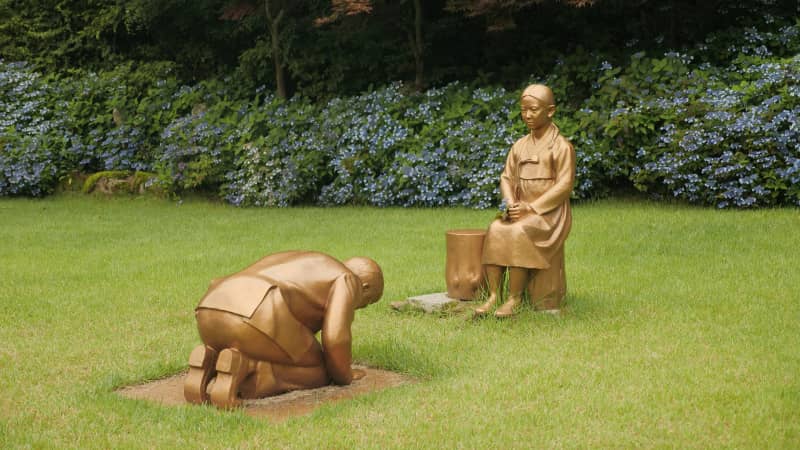
A statue symbolizing Japanese Prime Minister Shinzo Abe taking a deep bow to “comfort woman” is pictured at the Korea Botanic Garden in Pyeongchang, South Korea, on July 28, 2020.
Daewoung Kim/Reuters
But to date, no dialogue has occurred and the “comfort women” nominations remain in limbo. UNESCO told CNN in a statement that it has “continued to seek the conditions for this dialogue and will continue to do so.”
The Comfort Women Justice Coalition (CWJC), a human rights coalition based in San Francisco, says discussion has been met with “fierce resistance” from the Japanese side and that UNESCO’s director-general has not responded to repeated requests for a meeting. They say the nomination should not be bound by the new rules since it was submitted before they were implemented.
“There is a great level of hypocrisy taking place,” CWJC wrote in a statement to CNN.
“All of these governments and institutions claim to be for ‘women’s rights,’ as of course does the United Nations. Yet when institutions such as UNESCO tolerate and enable the diminishment of such violence and the rejection of survivors’ voices, they perpetuate a culture that shames and silences the victims … allowing such gender violence to continue.”
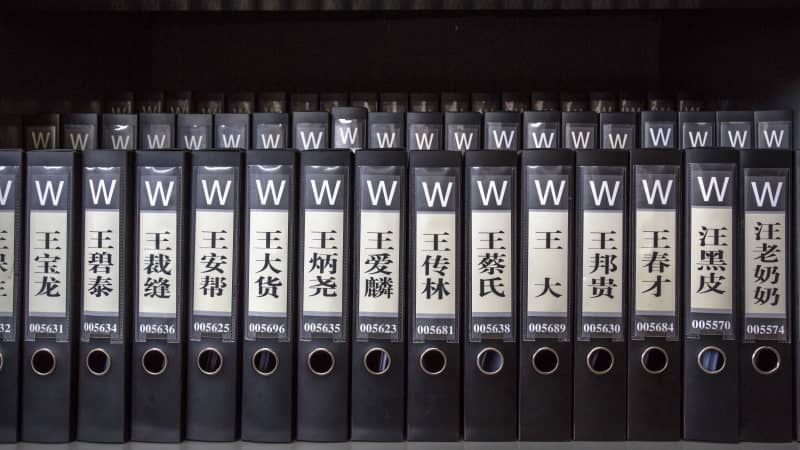
Victim documents stored at the Nanjing Massacre Memorial Hall. In 2015, UNESCO added them to its “Memory of the World” program.
Zhang Peng/LightRocket/Getty Images
Why countries seek UNESCO’s ‘stamp of approval’
The new guidelines also stipulate that MOW nominations — like in the UNESCO World Heritage program — must now get national approval before moving on to the international competition. Before, any independent organization could submit a nomination.
That means political parties will get the final say in what is nominated, says Yujie Zhu, a senior lecturer at Australian National University’s Research School of Humanities and the Arts.
To countries in East Asia, which see UNESCO status as highly important, it’s “almost like a stamp,” Zhu says. “If you have a stamp on it, it becomes a true, authentic version of the past.”
UNESCO maintains that it does not comment on or get involved in relations between member states but notes that all revisions “were approved by consensus by the 58 Member States of the UNESCO Executive Board including the countries mentioned [China, Japan and South Korea], following a comprehensive review requested by the Executive Board itself and led by Member States.”
Requests for comment sent to Japan’s National Commission for UNESCO and Agency for Cultural Affairs were not returned.
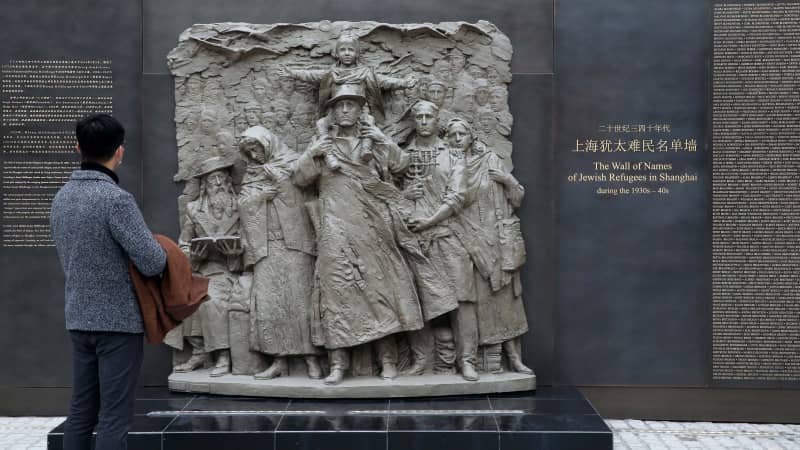
A visitor looks at the wall of names of Jewish refugees at the Shanghai Jewish Refugees Museum on December 8, 2020.
Ren Long/Xinhua/Getty Images
Observers are waiting to see if or how the new rules will impact the current MOW nomination cycle. Submissions closed in November, but final decisions will not be made until 2023.
Meanwhile, the 45th annual meeting of UNESCO’s World Heritage Committee — where members vote on site nominations — was due to take place in June in the Russian city of Kazan.
Japan, China face off over Jewish history
Jewish heritage in Shanghai — where around 20,000 Jews found refuge during World War II — has the potential to become another UNESCO-related flashpoint, researchers observe.
In 2017, Japan submitted a record of visas issued to thousands of Jews fleeing Europe during the war by the then-Japanese ambassador to Lithuania Chiune Sugihara. But the nomination failed and no clear reason was given for its rejection.
Those who have visited the museum in the past might not recognize it today — in 2020, the museum reopened after a years-long expansion process. It now covers nearly 5,000 square meters of the Tilanqiao area of Shanghai and has about 1,000 objects donated by survivors on display.
But beyond memorializing Jewish heritage in Shanghai, the government appears to have other motivations: it wants to get ahead of Japan.
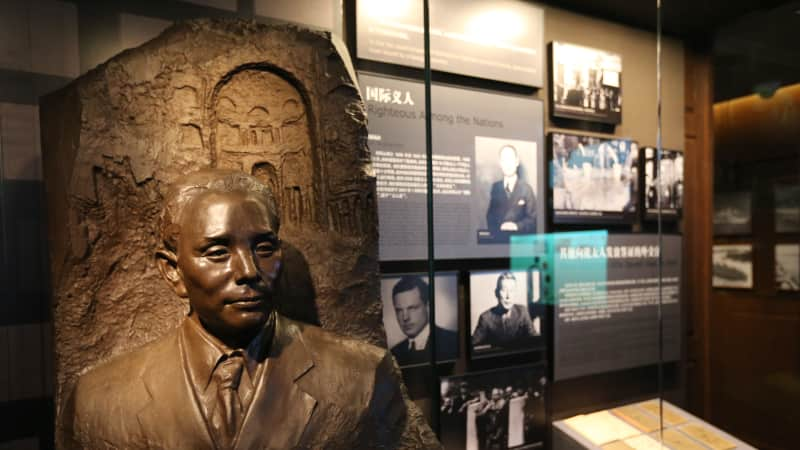
A statue of Dr. He Fengshan, often referred to as “the Chinese Schindler” for helping Jewish refugees escape from Nazi persecution, is displayed at the Shanghai Jewish Refugees Museum.
Ren Long/Xinhua/Getty Images
In this memory battle, Japan may have shot itself in the foot.
Organizations in Japan “could have gone ahead to submit the application without pursuing the state’s approval if the MOW did not reform its nomination rule under Japan’s lobbying,” writes Shu-mei Huang of National Taiwan University in a working paper on the memory competition between Japan and China.
Representatives of the Shanghai Jewish Refugees Museum told CNN it is “currently learning about relevant rules of the UNESCO Memory of the World selection” but didn’t say whether it submitted the Shanghai nomination this year.
“China is ready to promote itself as the one who can offer help to those Jewish victims,” Huang says, even though the number of Jews who fled to Shanghai — and who exactly “saved the Jews” of Shanghai — has been subject to debate: both China and Japan have reportedly overstated the number of Jews “saved” by their countries.
Most Jews left Shanghai when the war ended in 1945, before the Communists — who still rule China today — took over the country.
“Heritage and memory have become victims” of the ‘Olympic game’ that UNESCO nominations has turned into, Huang says.
Top image: Photos of survivors on display at the Nanjing Massacre Memorial Hall in Nanjing. Credit: STR/AFP/Getty Images
